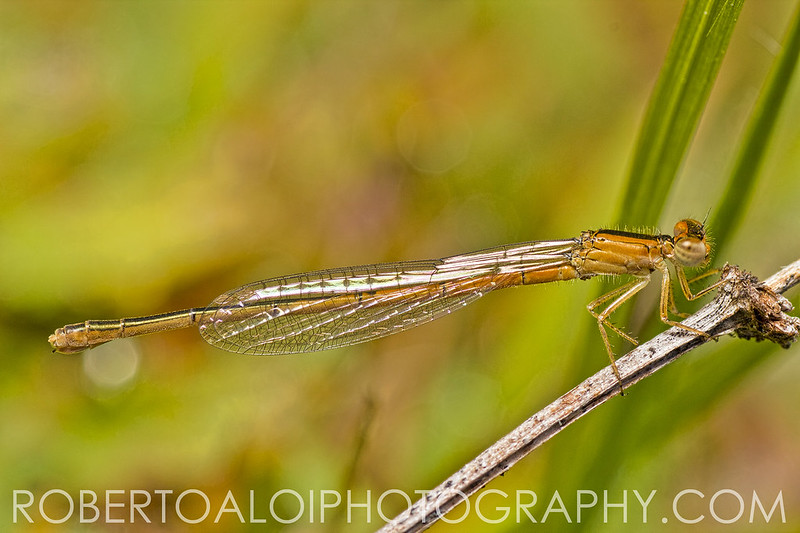The Smallest Damsel
Damselfly
Order – Odonata
I have never seen a Damselfly this small. I have always enjoyed photographing them because they never seem to sit still enough to capture anything worth keeping.
This was the smallest Damsel I had ever seen and it clung to the tiny branch and didn’t seem to care about my inspection. It was as if the animals had mentioned that I am a regular and harmless.
When you are able to land a keeper it makes the entire process more satisfying.
Nothing that comes easy is satisfying to me…Especially when I shoot photos. There has to be an obstacle involved. There has to be a race of sorts or some proverbial monkey wrench or hurdle that takes effort to pass.
It could be purely logistical in nature. Having to race to beat the sun to shoot a sunset shot in a distant place. Like the time I had to race west close to Belle Glade because I had a particular shot in mind. When you have spent as many hours in nature as I have you start to understand the timing of the sun. This insight made things more urgent because I knew I had little time.
I finally found an area out west, but now I needed to travel parallel with a field to look for a clearing. The sun was getting low at this point which means my window of opportunity was running out. I still had to stop in a suitable place, erect my tripod, mount my camera, figure out how I would compose the shot, and other decisions only a photography would understand. So here lyes my obstacle. As far as the eye could see I was surrounded by mature sugar cane serving which only served to obstruct my view. I was beginning to think my frantic journey was in vain until I finally stumbled upon a clearing without a moment to spare. My celebration was short as I rushed to setup my gear. The photos that day were some of my favorite landscape photos.
Or the time I had envisioned a bumble bee. The angle on the flower, the composition, it was etched in my mind ahead of time and I knew exactly what I wanted the photo to look like. I don’t know if any of you have had much experience with bumblebees, but I assure you they do not take orders and could care less about your desire to photograph them. I spent a month going to a particular bush day after day trying to land this shot. It took an entire month, but knowing what I went through to get it always puts a smile on my face.
Today was wet, windy, and cold. It was difficult to operate my camera because my hands were painful. It was tough to walk. Every year of my 40 years was reminding me of it and keeping me woefully honest… The experience today was a good one. We had to cover a lot of ground in the cold.
For that I am grateful.
“When something comes easy, you usually let it go the same way.” – Nora Roberts
http://www.robertoaloiphotography.com






